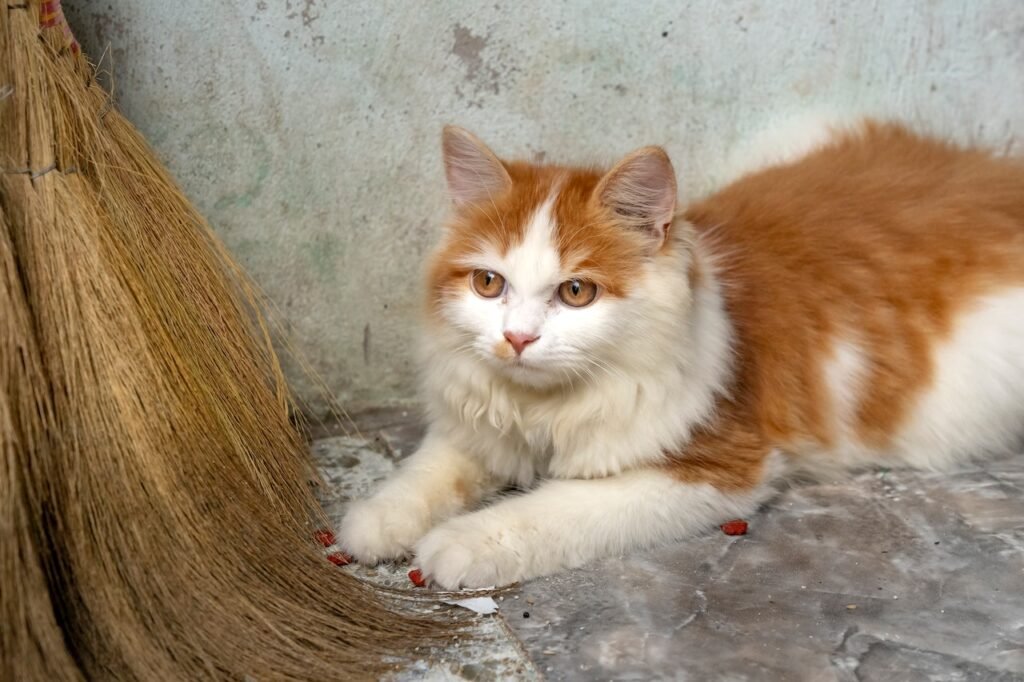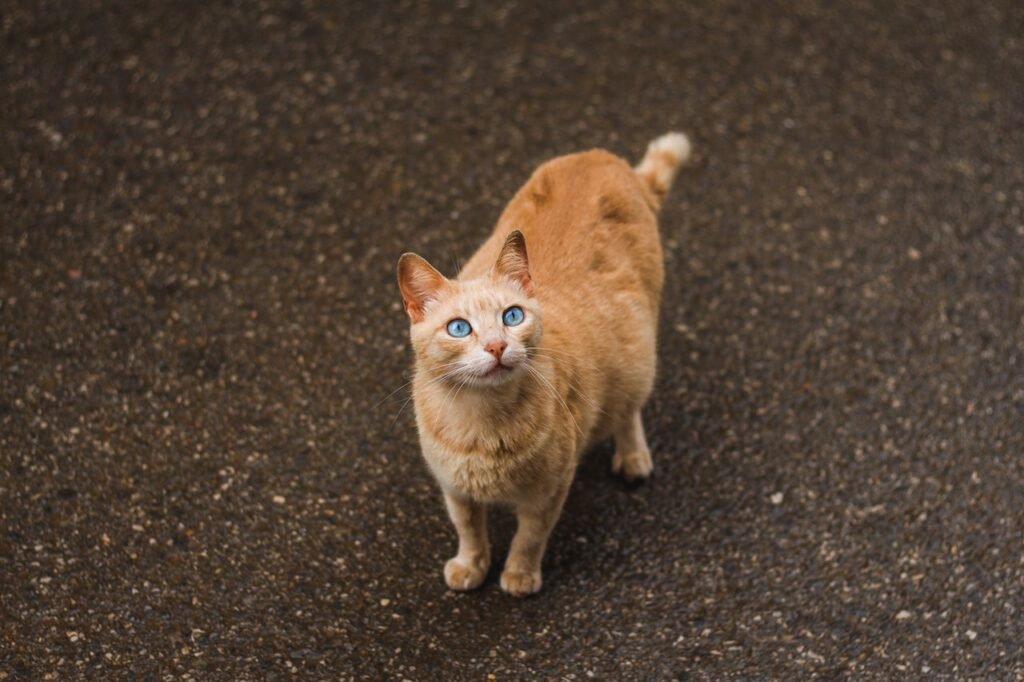
How You Can Modify Your Home To Help Your Arthritic Cat
Is your feline friend showing signs of arthritis? Just like humans, cats can also experience joint pain and stiffness as they age. As a responsible and caring pet owner, there are several modifications you can make to your home to ensure that your arthritic cat enjoys a comfortable and pain-free life. In this article, we’ll explore various adjustments and ideas that can help enhance your cat’s living environment while catering to their specific needs.
Read More: Tips to Take Good Care of Your Cat
Modify Your Home To Help Your Arthritic Cat

Creating a Cozy Resting Space
Arthritic cats require a soft and supportive place to rest. Consider providing them with a plush orthopaedic bed that offers ample cushioning and relieves pressure on their joints. Place the bed in a warm and quiet corner where your cat can relax undisturbed.
Ramps and Steps for Accessibility
Jumping onto high surfaces can be painful for cats with arthritis. Help them move around by incorporating ramps or steps, especially near their favourite elevated spots like window sills or beds. This will make it easier for them to access their desired spaces without straining their joints.
Litter Box Considerations
A regular litter box with high sides might prove difficult for an arthritic cat to enter and exit. Opt for a box with lower sides that require less effort to navigate. Additionally, ensure the litter box is placed in an easily accessible area, reducing the need for your cat to traverse long distances.
Adjusting Food and Water Stations
Elevate your cat’s food and water bowls to a comfortable height. This prevents them from having to bend down too much, reducing stress on their neck and back. Elevated bowls also promote better digestion and can prevent regurgitation.
Gentle Exercise and Playtime
While it’s essential to keep your arthritic cat moving, opt for gentle exercise activities. Engage them in low-impact play sessions using toys that encourage them to stretch and move without overexertion. Regular movement can help maintain joint flexibility.
Warm and Cozy Environment

Cold weather can worsen arthritis symptoms. Provide your cat with cosy blankets and ensure their living area is warm. Cats often seek out warmth to alleviate joint discomfort.
Regular Veterinary Check-ups
Consult your veterinarian for a tailored treatment plan for your cat’s arthritis. Regular check-ups are essential to monitor their condition and make necessary adjustments to their care routine.
Anti-Inflammatory Diet
Discuss with your vet the possibility of incorporating an anti-inflammatory diet. Certain foods and supplements can aid in reducing inflammation and supporting joint health in arthritic cats.
Massage and Physical Therapy
Yes, cats can benefit from gentle massages and physical therapy! Consult a professional to learn techniques that can help ease your cat’s muscle tension and improve their range of motion.
Soft and Supportive Stairs
If your cat enjoys perching on windowsills, provide them with soft and supportive stairs to access their favourite lookout spots. This prevents them from jumping and potentially injuring themselves.
Avoiding Hard Surfaces
Cats with arthritis may struggle to gain traction on slippery floors. Place rugs or mats in areas where your cat frequently walks to provide them with a stable surface.
Pain Management
Your vet might prescribe pain-relieving medications or supplements for your cat. Ensure that you administer these as directed to alleviate their discomfort.
Hydrotherapy
In some cases, hydrotherapy can provide immense relief for arthritic cats. This involves controlled exercise in water, which reduces the impact on joints while providing much-needed movement.
Creating a Cat-Friendly Layout
Arrange furniture in a way that supports your cat’s movements. Clear pathways and arrange items to create spaces that are easily accessible without obstacles.
Unconditional Love and Patience

Last but not least, shower your arthritic cat with love and patience. Understand that they might need more time to accomplish tasks, and be there to support them every step of the way.
Read More: Top 5 Cat Toys for Exercise and Fitness
FAQ’s
- Can I use human joint supplements for my cat’s arthritis? It’s best to consult your vet before giving your cat any supplements or medications meant for humans.
- Is stretching my cat’s joints a good idea? While gentle stretching can be beneficial, always consult a professional before attempting any exercises with your cat.
- How do I know if my cat is in pain due to arthritis? Look for signs like reluctance to jump, increased sleeping, and changes in grooming habits. However, a vet’s assessment is crucial for an accurate diagnosis.
- Can kittens develop arthritis? Arthritis is more common in older cats, but certain conditions or injuries could lead to arthritis in kittens.
- Is it possible to cure arthritis in cats? Arthritis is a chronic condition, but with proper care and management, you can significantly improve your cat’s comfort and mobility.
Conclusion
In conclusion, modifying your home to accommodate your arthritic cat’s needs can significantly enhance their quality of life. By incorporating these adjustments and providing them with the care they deserve, you’re ensuring that your feline friend enjoys their golden years comfortably and happily.








One Comment